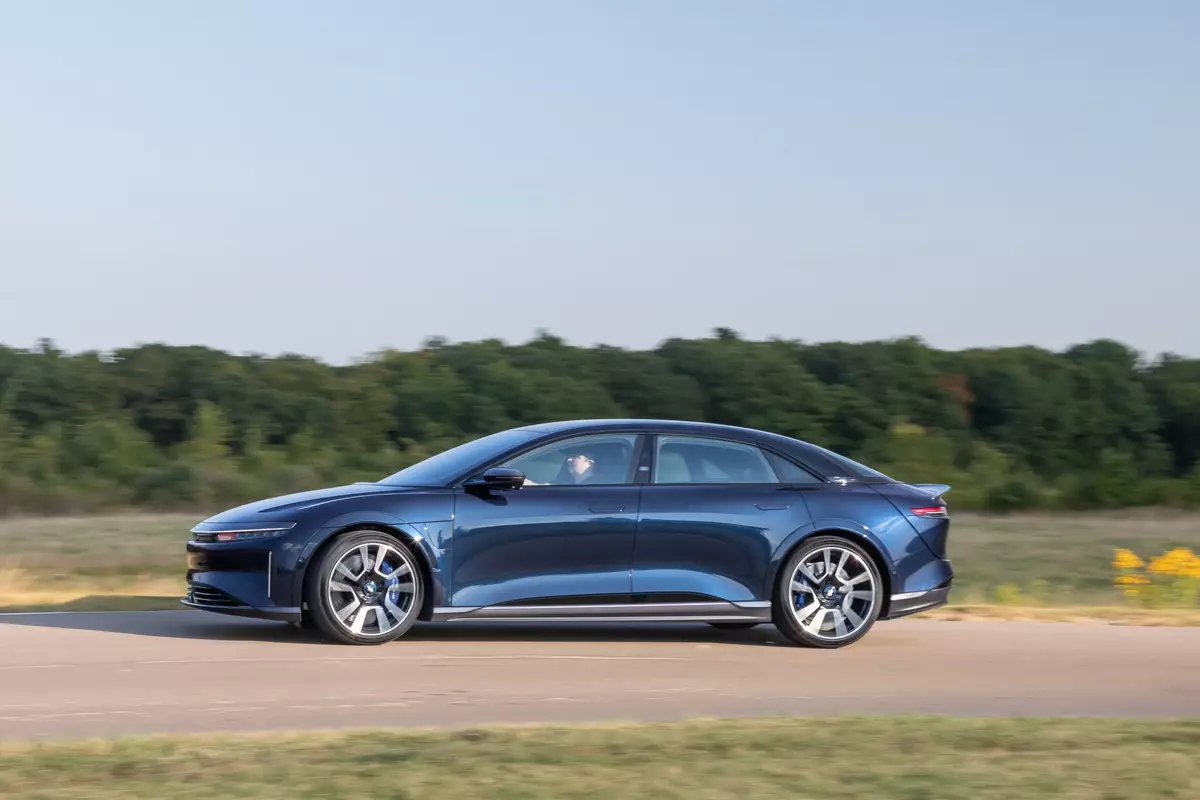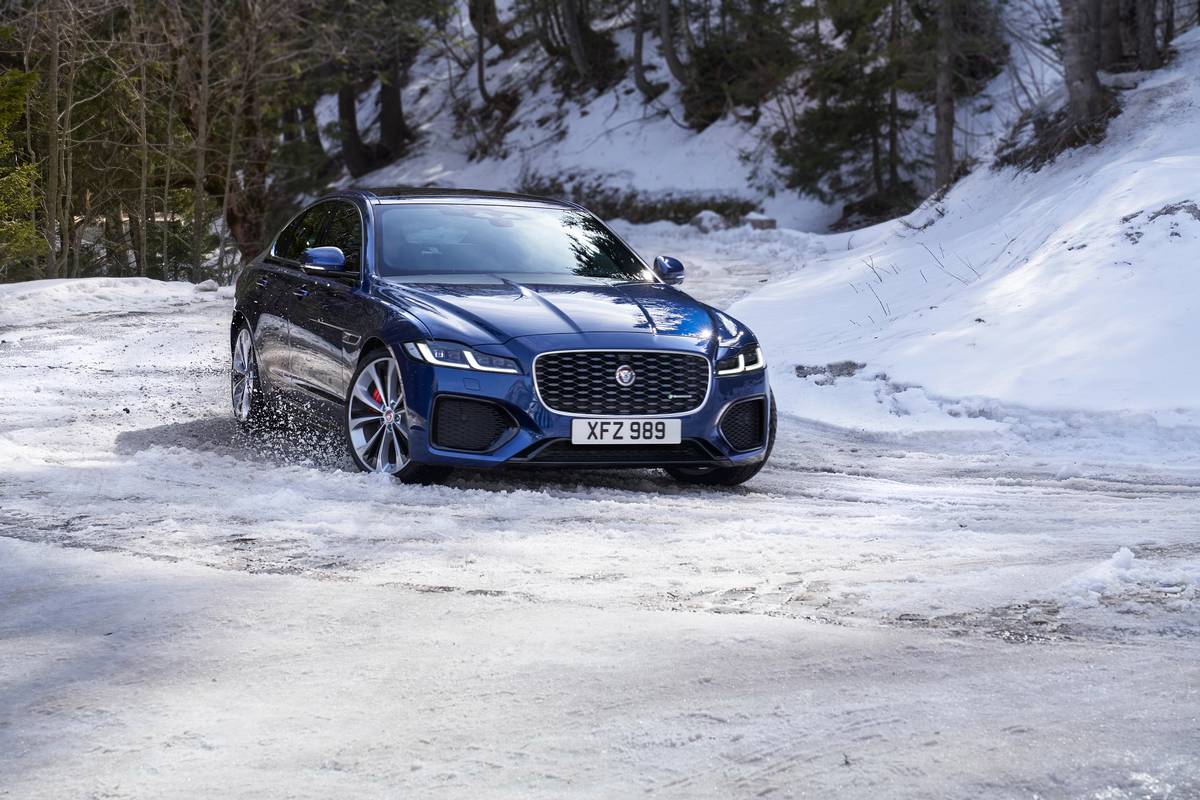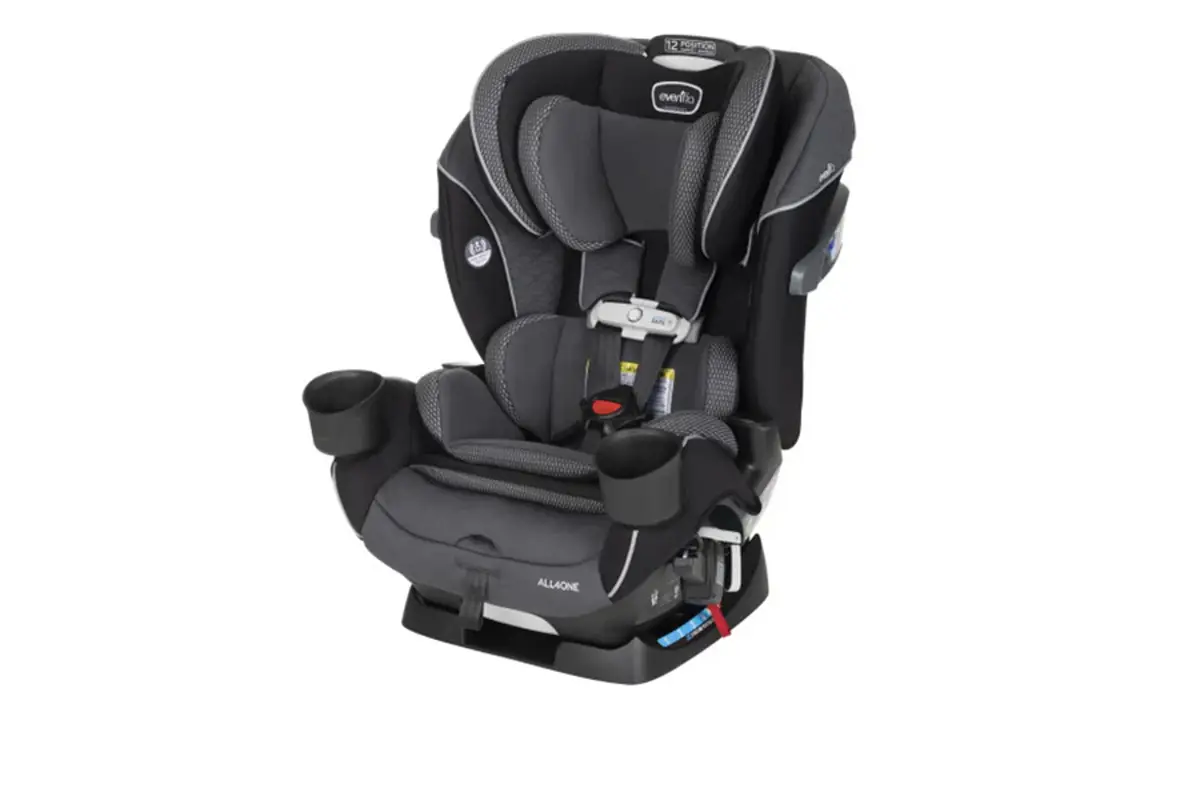AZCentral.com's view
I’m thinking about designing one of those “I survived . . . ” T-shirts. It would say this:
“My driver’s license survived a Porsche 911 Turbo.”
An accomplishment, really.
For 2002, the top-dog Porsche is a brutally fast machine with road manners so refined, you feel as if you’ve crossed into another dimension. It’s a dimension in which everything but you and the Porsche has slowed to a crawl.
What makes it so hard to drive is that it’s so easy to drive, right past whatever speed limit you encounter.
Let’s do the numbers: According to Porsche, the twin-turbocharged engine cranks out 415 horsepower, propelling this lightweight car to 60 mph in just over four seconds, and up to 100 mph in under 10 seconds. Top speed is a wacky 189 mph. No, I didn’t try that.
Very impressive. Equally impressive is the price tag. The test Porsche topped $122,000, which could buy a small army of Honda Civics.
For the many drivers who love Porsche, the Turbo is the Holy Grail, worth every penny. Spend ’em if you got ’em.
The 911 Turbo competes comfortably with top exotics Ferrari and Lamborghini, as well as Dodge Viper and Corvette ZO6. But the Turbo is also docile enough to drive to the grocery store like a family car.
First unveiled in North America 26 years ago, the latest model uses the same engine format as the original, a horizontally opposed six-cylinder. But this 3.6-liter unit comes from the Porsche GT1 race car. Added to that is variable cam timing so that the engine is as smooth and responsive at low speeds as it is with the tachometer pegged near red line.
Though the engine is now water-cooled rather than air-cooled, it still has the same raw kick, except with mechanical sounds that are more muffled. There is a satisfying engine howl under hard acceleration.
The test car was equipped with a Tiptronic transmission, allowing a driver to shift electronically via buttons on the steering wheel, or leave it in “drive” for low-stress cruising. Though I would preferred the six-speed manual, the automatic is easy to live with, always seeming to be in the right gear or shifting just as you want it to be shifting.
Nothing is cheap on this car, and Tiptronic boosts the bottom line by $3,420.
Though the styling is strikingly different than other 911s, the look is clearly Porsche, with the classic profile of every 911. What’s different is the deep air dam up front, with its huge openings for cooling the three radiators, air scoops on the rear haunches to feed the twin turbos, a wider stance in the rear to cover the massive back tires, and a discreet rear spoiler (no whale tail, happily) that lifts when the car crosses the 75-mph threshold.
Technology is lavish, including all-wheel-drive system and Porsche Stability Management, and a dual-caliber, vented disk brakes that are by far the most powerful I’ve ever experienced. They would stop a jetliner.
Despite its brash behavior, the Turbo is thoroughly civilized, with a lovely stitched-leather interior, climate-control, power windows and locks, heated seats with memory, and a really fine 12-speaker Bose stereo with CD.
Included in the price is a $1,700 gas-guzzler tax. Premium only, naturally.
The front seats are roomy and comfortable, but the back “seats” are absolutely ludicrous, a longstanding 911 tradition. The gauges are businesslike and complete, with the tachometer dominating the array and a tiny 200-mph speedometer off to the side.
On the freeway, the tire noise can get under your skin. And although the ride and handling are excellent on back roads, the ride does get harsh in low-speed driving on city streets. The rock-hard performance tires don’t help.
But these complaints rapidly pale once you’re out on the road. The 911 is a driver’s car of the highest order, ridiculously expensive and totally impractical, yet so desirable that grown men will risk their driver’s licenses just get behind the wheel.
Latest news



